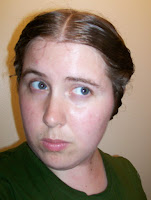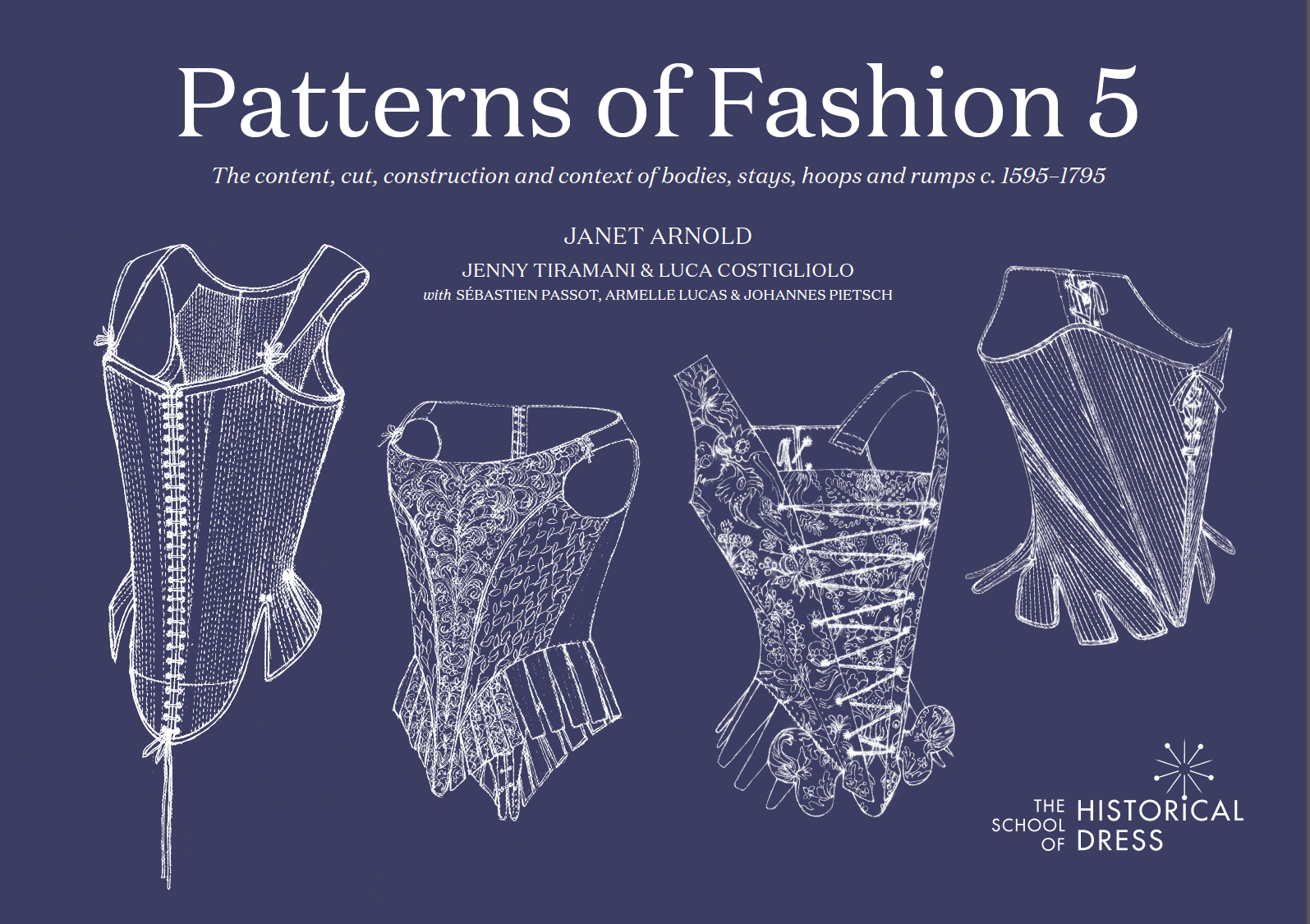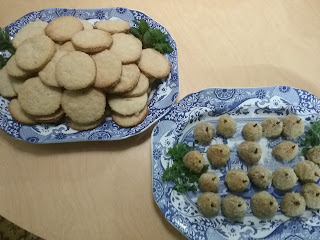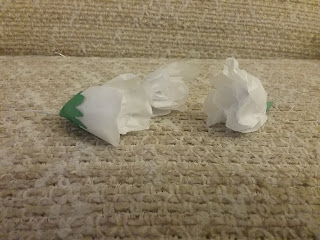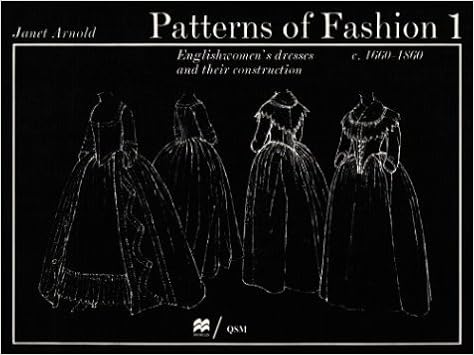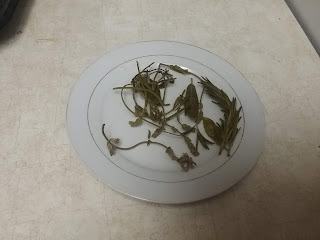I rather miss having challenges to keep me on track. Some old topics are re-visited, and there are some new challenges. Feel free to join in!
1. Jan 1-14 New Year's A new year, a new era, a new receipt, or a food intended for New Year's.
2. Jan 15-28 Looking Back Improve upon (or try an alternate version of) a previous challenge, or a recipe you are already comfortable with.
3. Jan 29-Feb 11 Soup Stews and broths are also welcome.
4. Feb 12- Feb 25 Love & Romance Sickeningly sweet, heart-shaped, a dish you love, or something associated with the 19th century Romantic movement. The most tenuous the connection to Valentine's Day, the better.
5. Feb 26- March 11 Indulgence A dish associated with Mardi Gras, or an ingredient that is 'indulgent' for you.
6. March 12-March 25 Easy as Pie Find a receipt that seems straightforward, and/or is a pie.
7. March 26- April 8 Faux Food Celebrate April Fool's Day with a food pretending to be something else.
8. April 9-April 22 Abstinence Lenten foods, temperance alternatives, or receipts reflecting scarcity.
9. April 23 -May 6 Savory A savory dish, with or without 'savory' herbs.
10. May 7-20 Literary A dish mentioned in a work of literature.
11. May 21- June 3 Floral A dish named for, shaped like, flavored with, or decorated in flowers.
12. June 4- 17 Picnic Food for travel or eating outside.
13. June 18- July 1 Solstice Try an astronomical or astrologically themed recipe.
14. July 2-July 15 Ice A food made with ice, icing, iced fruits, etc.
15. July 16 - July 29 Revolutionary A revolutionary recipe, technique, ingredient, or a recipe from a revolutionary time.
16. July 30-Aug 12 Preserves Preserve seasonal produce, or make a dish which calls for preserved ingredients.
17. Aug 13- Aug 26 Harvest Make a food associated with harvest-time, try another way of preserving food, or make something seasonable for late summer.
18. Aug 27-Sept 9 Eat Your Veggies Make a vegetable-based, -themed, or -shaped dish.
19. Sept 10-Sept 23 Balance Make a dish that is somehow 'balanced' for the fall (or spring) equinox.
20. Sept 24-Oct 7 Saucy Make a sauce, gravy or dressing.
21. Oct 8-Oct 20 Beverages Make something to drink.
22. Oct 21-Nov 4 Fear Factor Try something a little scary--an intimidating recipe, a new technique or a 'spooky' food.
23. Nov 5-Nov 18 Remember, Remember A recipe that has minimal instructions or tells you to "make in the usual fashion."
24. Nov 19-Dec 2 Take a Break Foods meant to be broken, and/or bread.
25. Dec 3-Dec 16 Waste Not, Want Not Historic recipes for leftovers.
26. Dec 17- Dec 31 Obsolete End the year with a recipe, ingredient or technique that has been superseded by modern practices. Bread trenchers? Cake without baking soda? Aspic?
Edited to add: Looks like this is now the official 3rd season! For those just joining, the format's fairly flexible:
- Make a dish (your chosen era and recipe) that follows the fortnight's theme. How it follows the theme is up to you. Interpret it as loosely, strictly, or punnily as you want.
- Feel free to do all 26 challenges, a half marathon (13), or pick the ones that work for you. The point is to try new-old recipes and learn from ourselves and each other.
- Post the dish to your blog, if you want. [Examples on the official blog]
- Share your post with the Facebook group, if you want.
The usual post format looks something like this:
The Challenge: What this fortnight's theme is.
The Receipt/Recipe: The recipe you are following.
The Date/Year and Region: Where and when your recipe is from.
How Did You Make it: I like to copy the period recipe, then write my process in modern terms, including steps I had to fill in, guess or change.
Time to Complete: About how long the process took.
Total Cost: Of ingredients, if you know.
How Successful Was It? Tasty? Needs more salt? Should be cooked at a different temperature? Everything you'll want to recall if you try this recipe again in the future.
How Accurate Is It? Deviations, educated guesses, intentional changes, and anything that you know or suspect differed from historic practice.

